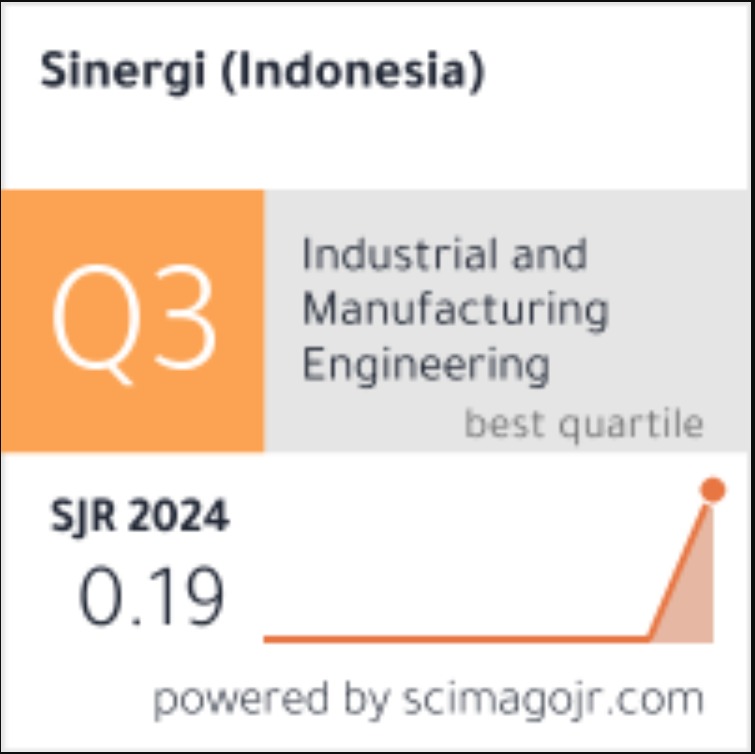Effect of near-surface heterogeneities on the pore-water pressure distribution and slope stability
Abstract
Seepage and slope stability are important problems analyzed in geotechnical engineering. Conventionally, the analysis is performed in conditions where the soil is intact. However, near-surface soil is subjected to various conditions that lead to heterogeneity, for example, the presence of cracks in clay, relics in weathered rock, and plant roots. The presence of cracks and other forms of heterogeneity on the near-surface layer increases the rainfall infiltration into the slope and changes the pore water pressure distribution accordingly. Water infiltration increases the pore water pressure, raises groundwater level, and decreases the matrix suction of unsaturated soils - which is a critical factor for the stability of slopes. This study aims to evaluate the effect of varying permeability of near-surface soil on the rainwater infiltration to slope and, subsequently, the safety factor. In this case, the near-surface soil is modeled as a layer with higher permeability. Numerical analysis performed in this study using SEEP/W and SLOPE/W indicated that considering this condition results in a higher safety factor of the slope because the higher permeability resulting from heterogeneity helps dissipate pore water pressure, which is critical in maintaining the slope stability during heavy rainfall.
Keywords
Full Text:
PDFDOI: http://dx.doi.org/10.22441/sinergi.2024.2.012
Refbacks
- There are currently no refbacks.
SINERGI
Published by:
Fakultas Teknik Universitas Mercu Buana
Jl. Raya Meruya Selatan, Kembangan, Jakarta 11650
Tlp./Fax: +62215871335
p-ISSN: 1410-2331
e-ISSN: 2460-1217
Journal URL: http://publikasi.mercubuana.ac.id/index.php/sinergi
Journal DOI: 10.22441/sinergi
Journal by SINERGI is licensed under a Creative Commons Attribution-ShareAlike 4.0 International License
The Journal is Indexed and Journal List Title by:














